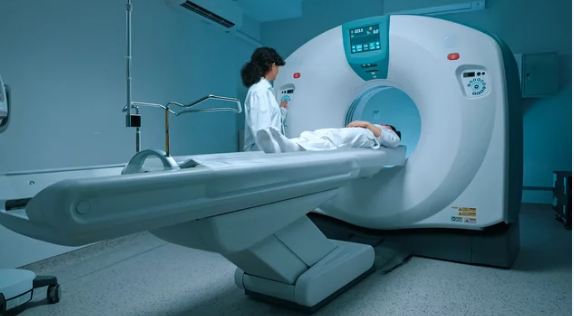The moment my doctor first mentioned the possibility of cancer, a wave of fear and uncertainty washed over me. Like many people, I had heard of cancer, but I had never truly understood the process of detection, diagnosis, and treatment—until it became my reality. One critical tool that guided me through this frightening journey was Magnetic Resonance Imaging (MRI). This is my story of how MRI helped transform suspicion into a clear diagnosis and set me on the path to recovery.
Early Signs and Growing Concerns
It started with subtle, almost unnoticeable symptoms—occasional discomfort, fatigue, and minor digestive issues. Initially, I brushed them off, thinking they were related to stress or diet. But over several weeks, the symptoms persisted and even worsened slightly.
A routine check-up with my primary care physician included blood tests and a physical exam. While most results were within normal limits, a few markers suggested something might be wrong. My doctor recommended further investigation, emphasizing the importance of advanced imaging for a precise diagnosis. That’s when MRI came into the picture.
The MRI Experience
I had never undergone an MRI before. Lying in a narrow, enclosed tube for nearly an hour seemed intimidating. However, the technicians walked me through every step, explaining how the scan works and why it was essential.
During the scan, I learned that MRI is particularly valuable because it provides high-resolution images of soft tissues—areas where cancer often hides undetected by other imaging methods like X-rays or standard CT scans.
When the radiologist reviewed the images, they noticed a suspicious lesion that had eluded other tests. That moment marked a turning point: we had moved from uncertainty to a concrete finding that required further evaluation.
From Suspicion to Confirmation
MRI alone cannot confirm cancer—it only identifies suspicious areas. However, the clarity of the images guided my medical team to perform a targeted biopsy. Unlike traditional blind biopsies, the MRI helped pinpoint the exact location of the lesion, increasing the accuracy of the procedure and minimizing unnecessary tissue removal.
A few anxious days later, the biopsy confirmed the presence of an early-stage tumor. While receiving a cancer diagnosis was terrifying, I felt a sense of relief knowing that we had identified it early, thanks to MRI guidance.
How MRI Shaped My Treatment Plan
With the tumor located and confirmed, my oncology team could develop a personalized treatment plan. MRI was used in several ways:
- Pre-Surgical Planning: The images helped the surgeon understand the tumor’s exact size, depth, and relation to surrounding structures.
- Radiation Therapy Mapping: MRI ensured that radiation could be precisely targeted, minimizing damage to healthy tissue.
- Monitoring Treatment Response: Repeat MRI scans allowed my doctors to track the tumor’s response to chemotherapy and adjust treatment as needed.
The precision offered by MRI not only improved the safety and effectiveness of my treatment but also reduced my anxiety about unknown complications.
The Emotional Impact of MRI
MRI scans became milestones in my journey. Each scan provided reassurance that my treatment was working or offered early warning if adjustments were needed. The detailed imaging also helped me understand my condition better, giving me a sense of control in an otherwise uncertain time.
I realized that advanced imaging like MRI does more than detect tumors—it empowers patients and doctors to make informed decisions, offering both medical and emotional support.
Lessons Learned from My Journey
- Early Detection is Critical: MRI can reveal small tumors that other imaging methods may miss.
- Precision Matters: MRI-guided biopsies and treatment planning reduce unnecessary procedures and improve outcomes.
- Follow-Up is Essential: Regular MRI scans are key to monitoring progress and detecting recurrence early.
- Communication is Key: Understanding MRI results and what they mean for treatment helps patients stay informed and involved.
- Technology and Expertise Work Together: MRI’s value depends on skilled radiologists and a coordinated oncology team.
Conclusion: From Fear to Clarity
My journey from suspicion to diagnosis demonstrates the life-saving potential of MRI in cancer care. What began as vague symptoms and fear of the unknown became a path to early detection, precise treatment, and eventual recovery—all guided by the clarity and precision of MRI imaging.
For anyone facing a similar journey, I want to emphasize the importance of listening to your body, advocating for thorough testing, and understanding the tools available. MRI was more than a scan for me—it was a window to clarity, giving both my doctors and me the information we needed to fight cancer effectively.
Also Read :
